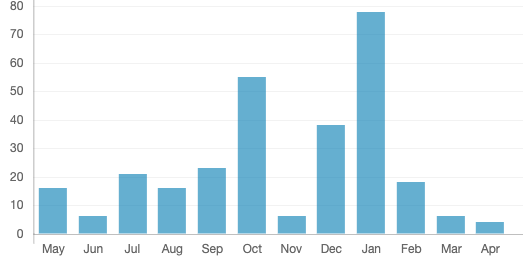Amsalu Taye Wondemagegn
Department of Biomedical Science, School of Medicine, Debre Markos University, Ethiopia.
Habtamu Mellie Bizuayehu
Department of Public Health, College of Health Sciences, Debre Markos University, Ethiopia.
Dagninet Derebe Abie
Department of Pharmacy, College of Medicine and Health Sciences, Bahir Dar University, Ethiopia.
Getachew Mengistu Ayalneh
Department of Medical Laboratory, College of Health Sciences, Debre Markos University, Ethiopia.
Tenaw Yimer Tiruye
Department of Public Health, College of Health Sciences, Debre Markos University, Ethiopia.
Mequanint Taddele Tessema
Department of Public Health, College of Health Sciences, Debre Markos University, Ethiopia.
ABSTRACT
Introduction. Currently, diabetes is the second most common non-communicable disease (NCD) in Ethiopia. Its burden is 4.8% in this country, even though three quarter of its population live with undiagnosed diabetes mellitus (DM), which causes complications like heart failure, blood vessels, eyes, kidneys and nerves damages. Early detection of DM is vital for a timely intervention to prevent these life threatening complications. The aim of this study was to assess the prevalence of undiagnosed DM and related factors in East Gojjam, North West Ethiopia, in 2016.
Materials and methods. A community-based cross-sectional study was conducted among 757 individuals in East Gojjam from June to September 2016. The sampled population was selected using multi-stage cluster sampling method. Basic data were collected in Amharic (local language) and a pretested interviewer administered the questionnaire. Peripheral blood samples were collected by puncturing the ring finger in order to measure fasting blood glucose. Univarite and multivariate logistic regressions analysis were performed using Statistical Package for Social Sciences (SPSS) software version 20.0.
Results. The percentage of undiagnosed DM in the study area was 11.5% (95%CI=9.2, 13.7). The prevalence was 11.3% among male vs. 11.8% among female; 13.4% in urban areas vs. 10.3% in rural areas. The occurrence of undiagnosed DM was mainly associated with older age (AOR=5.99, 95%CI=1.54, 23.24), family history of diabetes (AOR=9.86, 95%CI=4.25, 22.89), history of gestational diabetes (AOR=3.01, 95%CI=1.17, 8.39) and sedentary behaviour >4 hours per day (AOR=2.13, 95%CI=1.04, 4.34). Being non-smoker (AOR=0.05, 95%CI=0.01, 0.17) and unmarried (AOR=0.09, 95%CI=0.02, 0.42) were also predictive characteristics for undiagnosed DM in the study area.
Conclusions. In conclusion, this study revealed a relatively high prevalence of undiagnosed DM in the study area. The occurrence of undiagnosed DM was significantly higher when associated with the age of the participants, their marital status, history of hypertension, diabetes family history, history of gestational diabetes mellitus, current smoking practices and sedentary behaviour. Thus, efforts have to be made, particularly by the individuals involved in health practice, to early detect the disease and thereby initiate a suitable therapeutic service, before complications arise.
DOWNLOADS


